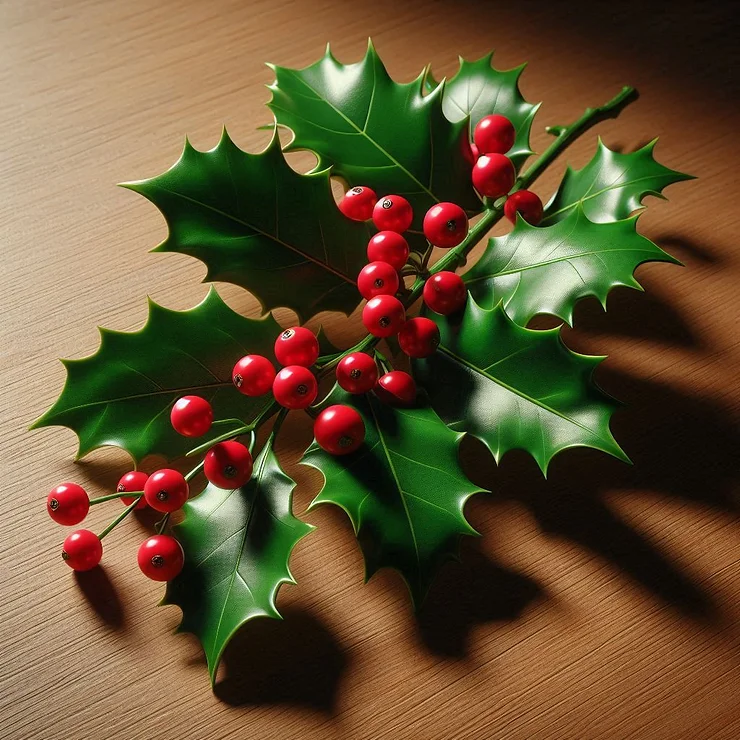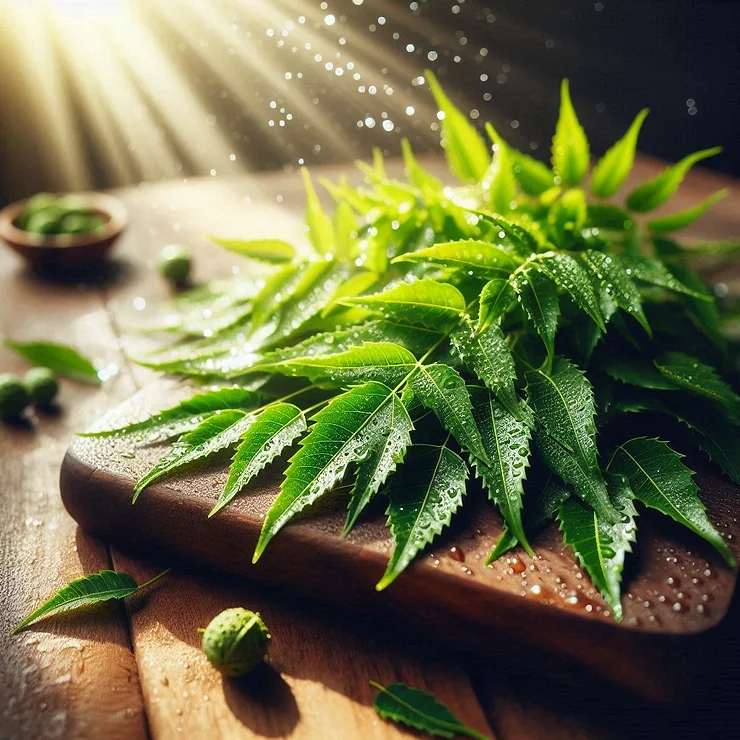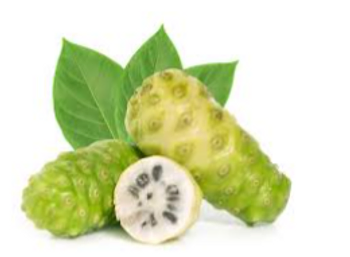Journey to the Heart of Green Magic:Healing Traditions from the Four Corners of the World
- Julia Heisler
- Aug 4, 2024
- 11 min read
Updated: Aug 10, 2024
I. History and Origins of Green Magic
Green magic dates back to immemorial times, rooted in the traditions of Celtic druids,
Native American shamans, and African healers. Each culture has developed its own
rituals and uses for plants, often passed down through generations via legends and
stories.
Since the dawn of time, humans have used plants not only for nourishment or healing
but also in their quest for esoteric knowledge and power. Plants have often been
central to mystical practices, becoming talismans, key ingredients in potions, and
rituals. They appear in the traditional pharmacopoeias of many cultures, notably in
Asia and Latin America.
Sacred plants are found in all ancient civilizations, from China to the Americas, from
antiquity to our modern era. This connection between plants and witchcraft has
evolved over the ages and continues today in various forms.
Modern witchcraft now claims a healing role, often using plants in healing practices
and alternative medicine. Many plants have been recognized since the Middle Ages
for their medicinal properties, with some even considered divinatory or enchanting.
Green magic is the oldest form of magic. It draws all its power from nature by using
the energies present in plants, trees, flowers, stones, and waterways.
Green magic transports you into the mysterious and thrilling world of plants and their
healing power.
The fascinating universe of this ancestral magic allows you to reconnect with nature.
It was practiced by druids and witches in the forests of Gaul, Scotland, and Ireland,
as well as in Africa and Asia.
Based on the magical power of nature and plants, green magic has always been a
source of power for mages and sorcerers thanks to the mysterious powers of herbs:
formidable and feared plants with a thousand spells, sacred plants of primitive cults,
hallucinogenic plants providing dreams and escape.
II. Categories of Magical Plants
Magical plants can be classified into different categories:
Aphrodisiac plants for love, or conversely, those that cool passions.
Plants associated with white or black magic.
Medicinal or toxic plants in high doses.
Protective plants that allow wishes to be made, bring luck, protection, love,
and wealth.
Fortune plants that enable finding treasures, living in abundance, knowing
glory, and greatness.
Consolatory plants that provide hope, immortality, and renewal.
Divinatory plants that allow predicting the future and communicating with
gods, the dead, spirits, and demons.
Plants are transformed into ointments, philters, and potions according to the desired
properties and rituals of white or black magic, dispensing benefits or curses.
The art of green magic is practiced by many cultures worldwide and continues to
evolve to adapt to the needs of the modern world. Although practices and beliefs
vary, its rites reveal powerful magical forces.
Green magic encompasses all magical rituals that use elements of the earth and
respect nature.
Various rituals can be performed, including practices to attract luck with money or
gambling, to promote love, to recall past lives or certain memories, to heal the body,
and to improve daily life through healing and protective spells.
There are all sorts of magical rituals, such as ones to bring back a loved one or to
protect against the evil eye. You can also perform a luck ritual to increase your daily
luck, or, in a less positive manner, a revenge ritual against someone. In Africa, a
ritual with Euphorbia Hermentiana was used to discover if a person had committed
adultery!
The practice of green magic always requires the use of fresh elements. That’s why
practitioners of this magic often have their own garden to cultivate the natural
elements they need.
The connection between plants and green magic extends into practices such as
herbal medicine and shamanism, rooted in ancestral spiritual traditions. These
practices see plants as allies for healing and the quest for knowledge. Although
different in their approaches, they share a deep respect for nature and recognize the
power of plants to influence both body and mind.
III. Some Magical Plants
White Sage
White Sage is common in esoteric and spiritual practices. Native Americans have
been using white sage in smudging ceremonies for centuries. During fumigation
rituals, white sage is burned to drive away evil spirits and purify the environment.
These practices are still in use today and are increasingly being adopted by people
seeking spirituality and connection with nature.
Mugwort :
Artemisia is a prophetic and protective healing plant, grown in herb gardens.
Used since ancient times, it drives away evil spirits.
Worn in a crown and then thrown into the fire, mugwort protects against diseases.
Deadly Nightshade and Datura :
Datura, used since antiquity for its toxicity, was favored by mages to create
potions of confusion and hallucinations.
Deadly Nightshade, also known as devil's herb or devil's cherry, is a very
toxic perennial plant. It was used by sorceresses to induce hallucinations and
dilate pupils, making women appear more desirable.
Holly
Holly leaves protect against evil magic, the evil eye, and lightning.
St. John 's Wort
The herb of fairies is used to ward off evil, repel witchcraft, and counter
enchantments.
Hazel
Hazel has various magical powers. Used by druids, it is employed to make magic
wands and to detect water sources.
Hazel branches were also used in divinatory rites.
Common Rue
This sacred plant is part of many spells, used for protection against the evil eye and
to purify places of malevolent forces.
Plants Associated with Love
Wild chicory, columbine, borage, lavender, violet, jasmine, ginger, coriander, white
lily, apple blossoms, roses…
Plants Associated with White Magic
Fennel, bryony, angelica, mugwort, St. John's wort, fetid rue, avens, clover, foxglove,
valerian, bear garlic, basil, vine, ivy.
Plants Associated with Black Magic
Hemlock, broom, datura, henbane, wild lettuce, greater burdock, opium poppy, castor
bean, black nightshade, greater celandine, mandrake.
IV. Green Magic Rituals and Spells
Green magic encompasses rituals or spells in harmony with nature, always using
fresh elements to retain the healing powers of plants. Basil attracts abundance and
wealth, while a hibiscus bath before a romantic date increases seductive power.
Essential oils can also boost self-confidence.
In this magical realm, plants, herbs, and nature spirits reveal their protective and
healing powers. Reconnect with sacred nature and learn to concoct mystical potions,
magical oils, and enchanted jars. Green magic uses nature and Earth's elements
during rituals, working on terrestrial and cosmic energies, and can be practiced by
anyone wishing to care for the planet.
V. The Famous Green Witch: Morgan le Fay
Morgan le Fay, also known as Morgane or Morgan the Fay, is one of the most iconic
and fascinating figures in Arthurian mythology. Presented as a powerful enchantress
and healer, Morgane is described as an adept of green magic, using plants and
herbs for her spells and remedies. Known for her vast knowledge of herbalism and
natural medicine, Morgane lived on the mythical island of Avalon, a place often
associated with a terrestrial paradise where magic and nature were in perfect
harmony. There, she learned to use plants to heal wounds and illnesses, create love
potions, and prepare elixirs of longevity. Her skills in green magic allowed her to
perform impressive feats, such as saving the lives of her allies and enchanting her
enemies.
One of the most famous stories involving the Fairy Morgana and green magic is
when she uses her knowledge of herbalism to heal King Arthur after the Battle of
Camlann. According to legend, she transports the wounded king to Avalon and heals
him with powerful herbs and potions, hoping to heal him.
The Fairy Morgana embodies the power and mystery of green magic, connecting the
ancient knowledge of plants and herbs to magical practices that have spanned the
centuries.
His legacy continues to inspire those who seek to understand and use the forces of
nature in their own quest for healing and wisdom.
VI. Rituals and Remedies: Green Magic at the Heart of Traditional Cultures
A. The Community of Healers in the Andes
In the Andes mountains, traditional healers, often called "curanderos" or "yatiris," use
green magic to heal and protect their community members. These healers possess
ancestral knowledge about local plants, passed down through generations. They
firmly believe that each plant has a unique spiritual energy used in rituals for healing,
purification, and protection.
Purification Ritual with Huachuma
One of the most sacred rituals in this region is the purification ceremony using
Huachuma, also known as San Pedro.
This cactus plant is revered for its hallucinogenic and healing properties. The
curanderos prepare a Huachuma infusion to help participants connect with nature
spirits and release negative energies.
During the ritual, participants drink the infusion under the curandero’s supervision,
who guides the ceremony with chants and prayers. They spend the night in
meditation and introspection, often around a sacred fire, to receive visions and
spiritual messages. This experience purifies the mind and body, bringing mental
clarity and emotional healing.
Using Chicory for Digestive Ailments
Chicory, or Achicoria, is another plant widely used by Andean healers for its
medicinal properties, particularly effective in treating digestive disorders. The leaves
and roots of chicory are dried and prepared as a decoction or tea. Besides its
physical benefits, chicory is also used in spiritual purification rituals. Healers burn
dried chicory leaves to ward off evil spirits and purify living spaces.
Coca Leaves for Energy and Endurance
In the high-altitude regions of the Andes, where environmental conditions can be
extremely harsh, coca leaves are indispensable. Locals chew these leaves to
increase their endurance and energy, especially during long workdays or high-
altitude journeys. Andean healers also use coca leaves in ritual ceremonies to honor
Pachamama, the goddess of the Earth. They bury the leaves as offerings during
rituals of gratitude and protection for the crops. This ceremony strengthens the bond
between the community and nature, illustrating the deep respect and mutual
dependence between humans and their environment.
B. The Use of Green Magic in India: The Vaidya Community
In India, Vaidyas, or traditional Ayurvedic doctors, practice an ancient form of natural
medicine known as Ayurveda.
This practice relies on the use of plants and herbs to treat various physical and
spiritual ailments. Vaidyas believe in the balance of the three doshas (Vata, Pitta,
and Kapha) and use green magic to harmonize these energies and maintain health.
Healing Ritual with Tulsi (Holy Basil)
Tulsi, or holy basil, is a revered plant in India for its medicinal and spiritual properties.
Tulsi leaves are used in various purification and protection rituals. Vaidyas
recommend consuming Tulsi leaves to boost the immune system, treat respiratory
infections, and purify the blood. It is common to find a Tulsi plant in Indian
households, cultivated in the courtyard or near the family altar. Residents offer daily
prayers and Tulsi leaves to the deity to ensure the home’s protection and blessing.
Vaidyas also use Tulsi infusions to calm the mind, reduce stress, and promote mental
clarity,
Using Ashwagandha for Energy and Vitality
Ashwagandha, also known as Indian ginseng, is a plant used in Ayurveda to increase
energy, treat chronic fatigue, sleep disorders, improve stress resistance, and
revitalize the body. The roots of Ashwagandha are often dried and powdered, then
mixed with warm milk and honey to create a tonic drink. This plant is also used in
healing rituals to restore the balance between body and mind.
Neem Leaves for Purification and Detoxification
Neem leaves are renowned for their purifying and detoxifying properties. They are
used in various Ayurvedic treatments to cleanse the body and support overall health.
Neem is also involved in rituals to purify spaces and protect against negative
energies.
Neem, or neem, is another essential herb in Ayurvedic practice. Known for its
antiseptic, antifungal, and anti-inflammatory properties, Neem is used to treat skin
infections with Neem leaf baths to detoxify the body, treat skin conditions like eczema
and psoriasis.
Neem leaves are used in purification rituals.
The Vaidyas advise burning dried Neem leaves to purify the air and ward off evil
spirits.
Neem oil is applied to wounds and cuts to speed healing and prevent infections.
C. Using Green Magic in the Amazon: The Shipibo-Conibo Shaman
Community
The Shipibo-Conibo Shamans, an indigenous tribe of the Amazon, are famous for
their vast knowledge of medicinal plants and green magic. These healers, called
"Onanya," use local plants to treat physical, mental, and spiritual illnesses. Their
practice is deeply rooted in the traditions and spiritual beliefs of their people.
Healing Ritual with Ayahuasca
Ayahuasca
Ayahuasca is a sacred plant used by the Shipibo-Conibo shamans to connect with
the spiritual world and obtain healing visions. The preparation of Ayahuasca, a
decoction of the Banisteriopsis caapi vine and the Psychotria viridis leaf, is consumed
during nocturnal ceremonies. During these rituals, participants drink the infusion
under the shaman’s guidance, who sings "icaros" (healing songs) to guide the
experience. Ayahuasca is used to treat a multitude of issues, ranging from physical
ailments to emotional traumas, offering visions and insights to understand and
resolve personal and community problems.
Use of Una de Gato (Cat’s Claw)
Una de Gato is used in purification rituals to cleanse the body and mind of negative
energies.
D. The Use of Green Magic in Africa : The Zulu Sangoma Community
The Sangomas, traditional Zulu healers from South Africa, are respected
practitioners of green magic. Their practice combines extensive knowledge of
medicinal plants with spiritual rituals to diagnose and treat diseases. The Sangomas
believe that diseases are often caused by spiritual imbalance or evil spirits, and they
use plants to restore harmony and health.
Healing Ritual with Impepho (Helichrysum odoratissimum)
Impepho is a sacred plant used by the Sangomas for purification and communication
with ancestors. During ceremonies, the dried leaves of the Impepho are burned to
create a purifying smoke that drives away evil spirits and attracts benevolent spirits,
and the Sangomas chant prayers and incantations to invoke ancestors.
This smoke is also used to purify living spaces and people, eliminating negative
energies and restoring spiritual balance.
The Aboriginal Healers Community of Australia
Australian Aboriginal healers, called "Ngangkari" in some areas, practice traditional
medicine based on ancestral knowledge of local plants and spiritual practices.
Their holistic approach to healing integrates body, mind, and soul.
a) Healing Ritual with Eucalyptus
Aboriginal healers use Eucalyptus leaves to treat respiratory infections and muscle
aches in steam baths.
The Ngangkari use Eucalyptus branches in fumigation ceremonies to purify the air
and drive away evil spirits.
Eucalyptus smoke helps to restore spiritual balance and protect people from negative
influences.
b) Using Lemon Myrtle
Lemon Myrtle is another valuable herb for Aboriginal healers, used in purification
rituals to cleanse the mind of negative thoughts and boost mental clarity.
c) The Community of Celtic Druids in Europe
The Druids, ancient Celtic priests and healers, practiced a form of green magic that
was deeply connected to nature and seasonal cycles.
Although Druidic traditions have evolved, the contemporary practices of some Neo-
Druidic groups continue to worship sacred plants and trees.
d) Healing Ritual with Oak, Mistletoe
The oak tree is a sacred tree for the Druids, symbolizing strength, wisdom, and
longevity.
The druids used the leaves, bark, and mistletoe of oak trees in their healing and
protection rituals. Mistletoe, a sacred plant, was used in rituals to provide healing and
spiritual protection.
e) Use of Hawthorn for the Heart
Hawthorn is a plant revered by druids for its beneficial properties on the heart and
circulatory system.
The druids used the Hawthorn in protection rituals. This plant could ward off evil
spirits and protect homes.
Hawthorn branches were hung on the doors of houses to bring security and peace.
f) The Hawaiian Healing Community : The Kahunas
The Kahunas are the traditional healers of Hawaii, practicing "Lā'au Lapa'au" or
herbal medicine. Their holistic approach to healing includes the use of medicinal
plants, prayer, and spiritual rituals.
Healing Ritual with the Noni
Noni, or Morinda citrifolia, is an essential medicinal plant for the Kahunas. Noni fruits
and leaves are used to treat a variety of ailments, including infections, inflammations,
and digestive disorders.
The Kahunas use Noni in purification rituals to cleanse the body and mind of
negative energies.
Using Ti Leaf for Protection and Healing
Ti Leaf, or Cordyline fruticosa, is a sacred plant in Hawaiian culture, used for
protection and healing. The Kahunas use Ti leaves to prepare purification baths and
protective amulets.
Ti leaves are attached to the entrances of houses and temples to ward off evil spirits
and attract the blessing of the ancestors.
The Kahunas also use Ti leaves in healing ceremonies to bring peace, protection,
and spiritual balance.
Conclusion
Around the world, various healing communities use green magic to heal and protect
their members. Whether they are Andean curanderos, Indian Vaidyas, Amazonian
shamans, Zulu Sangomas, Aboriginal Ngangkari, Celtic druids or Hawaiian Kahunas,
these healers possess ancestral knowledge of medicinal plants and spiritual
practices.
Their wisdom and dedication to nature continue to play a crucial role in maintaining
the health and well-being of their communities.








































amazing 😍
😍😍😍😘